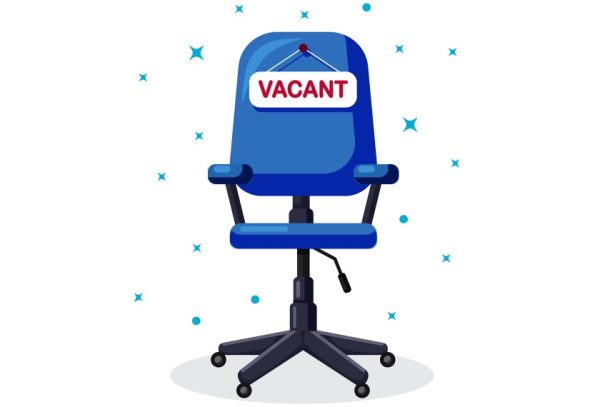Californian’s Disobedience of Stop Signs

To students who drive, the sight and sound of a police car is enough to have your heart pounding a mile a second. Earlier this year, I witnessed a woman get pulled over for running a stop sign, and made me beg the question, “ How often do teenagers get tickets?” After all our school is figuratively crawling with campus police. Surely, I assumed, at least one student has gotten ticketed for speeding or running the stop sign exiting the parking lot? Especially considering that I had witnessed students roll through the stop sign beyond multiple times?
The answer to that question would be a resounding no. not one student has received a ticket for failure to stop. I messaged the campus police to ask for the traffic data concerning failure to stop tickets; Chris Vaughs -The district crime analyst- responded, “ I looked at the area around your school and we did not ticket any students last year for Failure-to-Stop, but that doesn’t mean it didn’t happen. Our officers are aware of teen drivers in the district and tend to give warnings the first time around.”
This prompted me to look into traffic data around Stockton; I wondered just how often people ran stop signs; especially considering I could recall multiple occasions where I witnessed someone commit a failure-to-stop offense. The place I had seen the most failure-to-stop violations was particularly ironic; it was the four-way-stop next to the DMV.
For one hour I sat on the grass in front of the children’s museum with a notepad and a taco from the nearby food stand. In that hour I witnessed four full-on failure-to-stop violations, innumerable rolling stops, two near collisions, a car whip around a pedestrian with a stroller and four patrol cars. I did not witness one person receive a ticket or even get pulled over for these violations.
It became apparent quickly that stop sign violations have become an epidemic that is constantly under-reported, under-punished, and extremely dangerous to other drivers and pedestrians.
This issue is exacerbated by the traffic culture of California. It is even acknowledged on the DMV traffic information website that “California stops” or rolling stops-while illegal-frequently occur.
Teen drivers are the highest risk group for traffic collisions and get into more accidents than any other age group. Perhaps it is time for younger generations to decide to defy the stereotypes that both Californians and young people are reckless drivers, and instead show that they are informed and skilled drivers. It can all start with a simple stop at each stop sign that is painted red with white lettering.










